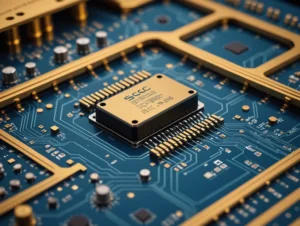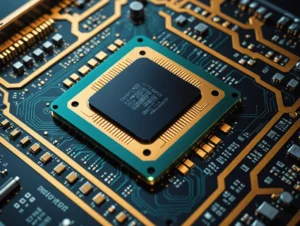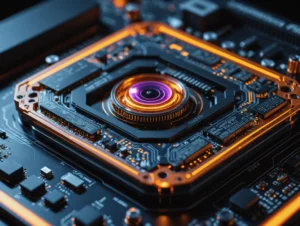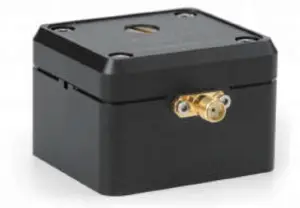In silicon photonics, modulators are crucial components that enable the manipulation of light signals, typically through the plasma dispersion effect, where free-carrier density changes alter the refractive index. This mechanism is widely used for high-speed modulation, often with carrier-depletion mode devices based on reverse-biased pn junctions.
Since the first GHz silicon modulator developed by Intel, significant improvements in performance have been achieved. Mach-Zehnder interferometers (MZI) are commonly used for amplitude modulation, and traveling-wave designs have demonstrated data rates up to 50 Gbit/s. More recently, record-low power consumption of 200 fJ/bit has been reported for 20 Gbit/s systems. Additionally, resonant structures, such as ring modulators, have reduced the device footprint and power consumption further, achieving up to 40 Gbit/s with as low as 7 fJ/bit at 25 Gbit/s, though these come with trade-offs such as narrower wavelength windows and higher thermal sensitivity.
Beyond pure silicon solutions, other materials are being integrated into the silicon platform to build more efficient modulators. For example, III-V materials and germanium are bonded or grown on silicon to create electro-absorption modulators. Innovative materials like graphene and electro-optic polymers have also been introduced for improved performance. These materials are incorporated into slot waveguides and photonic crystals to develop efficient phase shifters and modulators.
The broader field of hybrid integration involves adding new materials into silicon through post-processing or encapsulation, making these materials compatible with CMOS foundry processes. While these methods are showing promise, they present significant fabrication challenges and are generally limited to specialized applications with high-end requirements. A key focus remains on the direct integration of light sources onto the same chip as modulators, detectors, and other components, but the technological and economic feasibility of such integration is still under active research.





